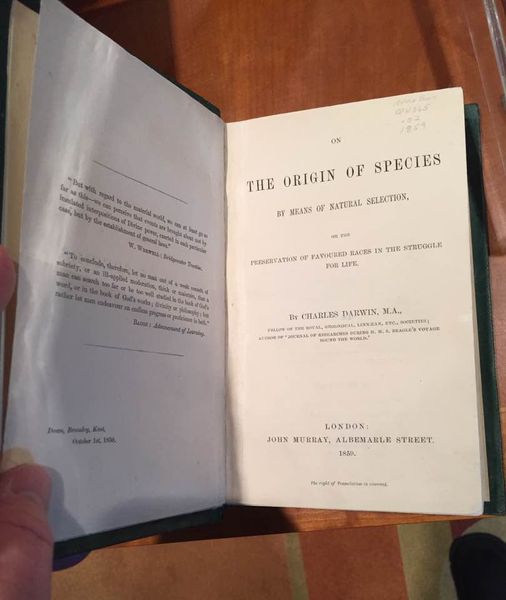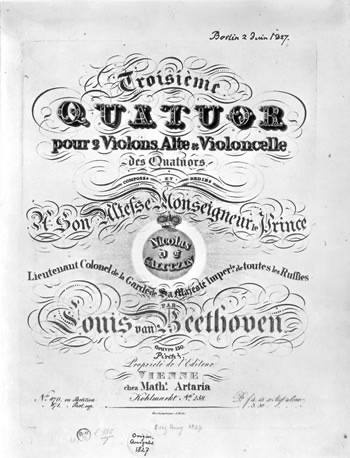I like to use this blog as a record of year-long “projects,” often beginning on the first Sunday of Advent. This past year, I listened to all of Beethoven’s music on 90 CDs to honor the composer on his 250th birthday, December 16, 2020.
A composer about whom I’ve always felt curious is Verdi. When I began in parish ministry in the early 1980s, in a very rural area of southeastern Illinois, I liked to listen to classical music and opera at my lonesome little parsonage. Anytime I listen to an opera, something in me connects back to that time when I was starting out in ministry.
At the time, I already had the Messa da Requiem from seminary days. Then I found a used set of Rigoletto (with Sutherland, Pavarotti, and Milnes) at a favorite record store in Carbondale, IL. Later, I found a Toscanini-conducted Falstaff at in a mail-order catalogue. I also had Aida, and Otello with Jon Vickers in the title role.
But I couldn’t quite get into Verdi. His operas lacked the chromatic interest and visceral force of Wagner’s. Benjamin Britten once said, “I am an arrogant and impatient listener; but in the case of a few composers, a very few, when I hear a work I do not like I am convinced it is my own fault. Verdi is one of these composers.” [1] I’m not an arrogant listener but--especially since I know little musicology--I respond to music on a purely emotional level and know that, sometimes, I’m still growing in musical taste. I was heartened by a 1983 Vanity Fair article by Walter Clemons who also wasn’t touched by Verdi’s music at first.[2]
Back in 2009, I found a good collection of Verdi arias to help me, “Essential Verdi, 40 of His Masterpieces” on the Decca label. What a wonderful set! As I listened to the two CDs (in my car), I kept grabbing the liner notes when I came to stop lights to see which opera aria I’d just heard. I finally appreciated Verdi’s gift for writing melodies. You hear it among old favorites like “La donna è mobile” and the “Aida” grand march but you also hear it in the lesser known dramas like “I masnadieri.” Clemons writes that he was convinced of Verdi’s greatness during a live performance of Othello’s aria “Ora e per sempre additio;” Othello despairs, yet “Verdi gives him back, in memory, the martial music of his days of glory” (p. 88). I found a similar moment in the “Ave Maria” from that same opera, sung on this set by Renee Fleming.
Famously, Verdi returned after "Otello" with one more, remarkable opera, “Falstaff,” only his second comic opera among nearly thirty. Verdi’s views of life were pessimistic but humanistic. As Osborne puts it, “In the Requiem … gentle resignation and joyful anticipation of an after-life were no part of his thoughts…. The intensity and compassion of his tragic view of the human condition are Shakespearian in stature: the prodigality of his technique deserves … to be called Mozartian” (p. 403). In this last opera, Verdi seems to have definitively joined his tragic view with a Mozartian comic spirit.
“Falstaff” ends:
Tutto nel mondo é burla.
L'uom é nato burlone,
La fede in cor gli ciurla,
Gli ciurla la ragione.
Tutti gabbati! Irride
L'un l'altro ogni mortal.
Ma ride ben chi ride
La risata final.
As translated by Vincent Sheean in the Toscanini recording: “The whole world is a jest; man was born a great jester, pushed this way and that by faith in his heart or by reason. All are cheated! Every mortal being laughs at every other one, but the best laugh of all is the one that comes last.”
I agree with some of that. We are all “pushed this way and that” and we’re all “cheated” of something. We're silly to think we can escape life's unfairness. Verdi suffered a terrible loss early in life, the death of his two children and first wife. Over time, he transformed his suffering and pessimism into wonderful theater and melody. Clemons writes that “Verdi’s long, fertile career can now be seen as remarkable in its steady progress and deepening insight as that of Dickens.” (p. 123) Yeats comes to mind as another artist who grew steadily and ended with depth and insight.
Here's one more quote from Clemons. “There is something clear and sunlit-square about Verdi’s music that makes it at first difficult to appreciate, if romantic mystery is what one looks for. The value of his honesty and clarity grows with acquaintance” (p. 123).
Partly in appreciation for that aforementioned time in parish ministry, and mostly to introduce myself to unfamiliar music, I decided to purchase the 2013 75-CD set of Verdi’s operas (and additional music), which I’ll listen to during the upcoming year.
Some of Verdi’s operas are undisputed classics, some are rarely heard.
• Oberto, 1839
• Un giorno di regno, 1840
• Nabucco, 1842
• I lombardi, 1843
• Ernani, 1844
• I due Foscari, 1844
• Giovanna d'Arco, 1845
• Alzira, 1845
• Attila, 1846
• Macbeth 1847
• I masnadieri, 1847
• Jerusalem, 1847
• Il corsaro, 1848
• La battaglia de Legnano,1849
• Luisa Miller, 1849
• Stiffelio, 1850
• Rigoletto, 1851
• Il trovatore, 1853
• La traviata, 1853
• Les vepres siciliennes, 1855
• Simon Boccanegra, 1857
• Un ballo in maschera, 1859
• La forza del destino, 1862
• Don Carlos, 1867
• Aida, 1871
• Otello, 1887
• Falstaff, 1893
Of these, Beth and I have seen Simon Boccanegra, at Santa Fe in 2004, and also Macbeth at Opera Theatre of St. Louis in 2016.
(Some of this post is taken from my Sept. 16, 2009 and April 9, 2013 posts. In fact, I mentioned this CD set in the 2013 post, lamenting that I hadn’t yet purchased it. Well… now I have! LOL).
Notes:
1. Charles Osborne, The Complete Operas of Verdi (New York: Knopf, 1979), p. 11.
2. Walter Clemons, “Viva Verdi! The Story of a Love Affair,” Vanity Fair, 46 (June 1983), 87-89, 122-123.
















